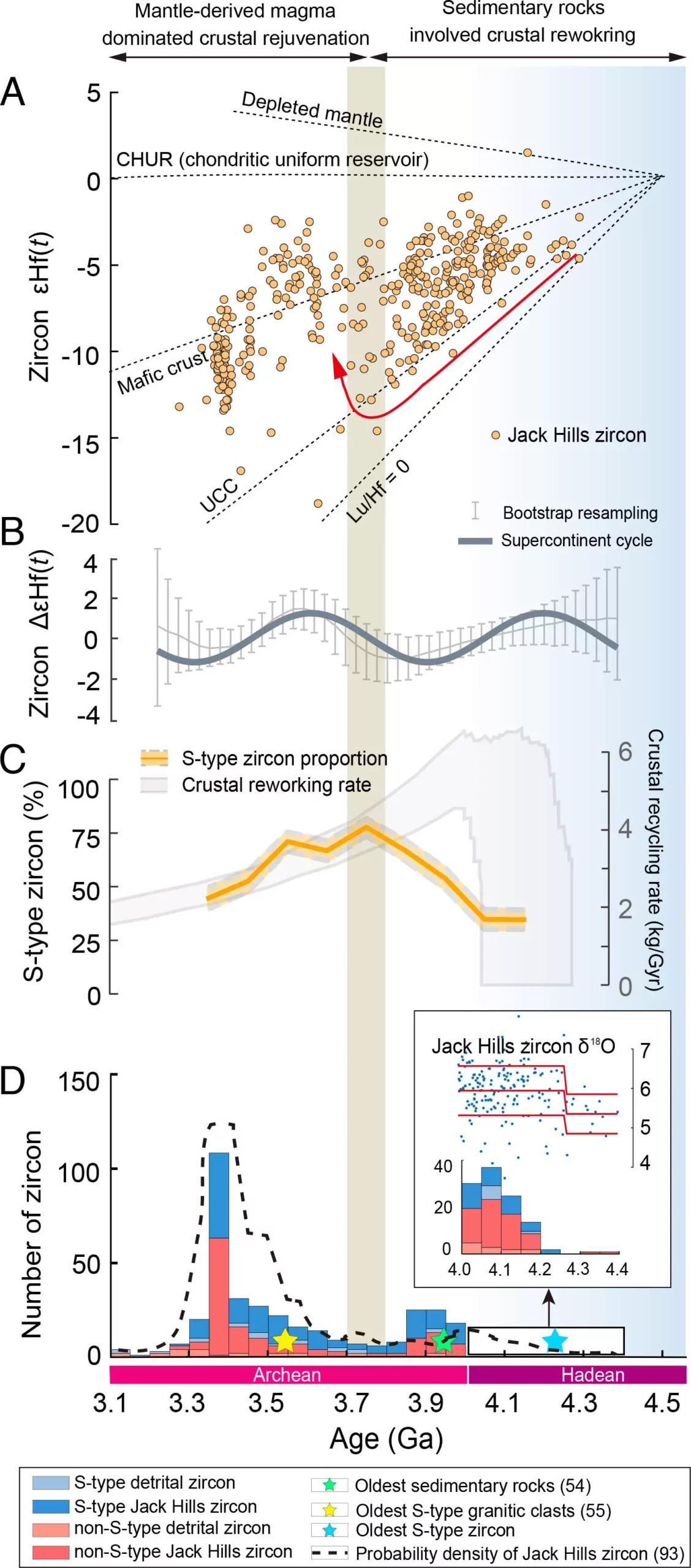An international team of geophysicists recently made a groundbreaking discovery at Jack Hills in Australia. Their study, published in the Proceedings of the National Academy of Sciences, challenges the existing timeline of when plate tectonics began on Earth. While most scientists believe it started around 3 billion years ago, this new research suggests it may have actually begun more than 4 billion years ago.
The researchers focused on analyzing zircons, which are crystals believed to be the oldest material on Earth. By studying zircons from Jack Hills, they were able to uncover crucial evidence that could rewrite the history of plate tectonics. These zircons, some dating back to 4.3 billion years ago, provided valuable insights into the Earth’s geological processes.
One of the challenges in studying zircons is the need to analyze a large number of samples to draw meaningful conclusions. To overcome this obstacle, the research team developed an AI application to assist them in their analysis. By training the AI on various samples, they were able to identify a significant portion of S-type zircons that were approximately 4.2 billion years old. This newfound information suggested that land had emerged from the sea at that time.
The findings from the study not only push back the timeline of plate tectonics but also provide insights into the continental changes that occurred over billions of years. The cycle of changes observed in the zircons indicates a correlation with the shifting of continents, highlighting the dynamic nature of Earth’s geological evolution.
The research conducted at Jack Hills offers a fresh perspective on the early history of plate tectonics on Earth. By utilizing advanced technologies like AI and analyzing ancient zircons, scientists are unraveling the mysteries of our planet’s geological past. This discovery underscores the importance of continuous exploration and innovation in understanding the complex processes that have shaped the Earth over billions of years.



Leave a Reply